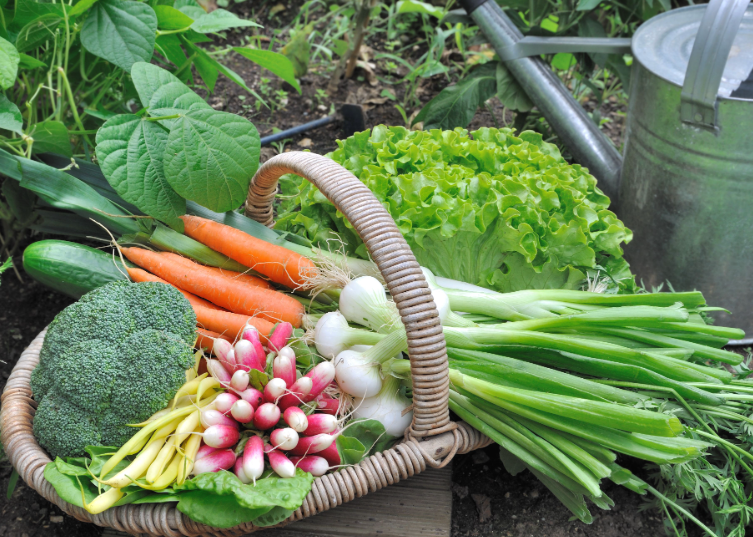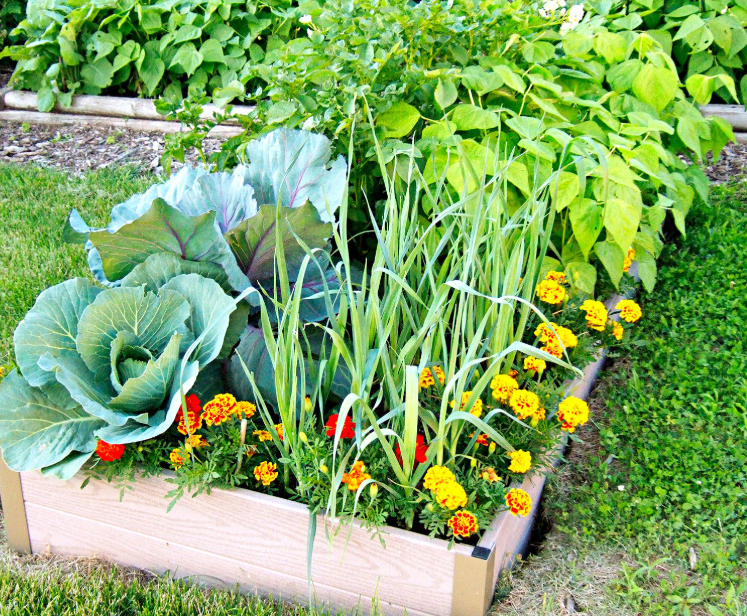Choosing the right plants for your garden is one of the most important aspects of garden design. The right plants not only enhance the aesthetic appeal of your space but also ensure that your garden thrives year-round with minimal maintenance. Selecting plants that are well-suited to your environment, your personal style, and your garden’s specific conditions will create a balanced, harmonious space that works for both you and the environment. Here are some tips on how to choose the right plants for your garden design.
Assess Your Garden’s Conditions
Before selecting plants, it’s essential to understand your garden’s environment. Each garden is unique, and its conditions will dictate which plants will flourish. Consider the following factors:
Sunlight: Does your garden get full sun, partial shade, or full shade? Plants have different sunlight requirements, so it’s important to know how much light your garden receives throughout the day. For example, sun-loving plants like lavender or coneflowers thrive in areas with at least six hours of direct sunlight, while ferns and hostas prefer shady spots.
Soil Type: The type of soil in your garden affects plant growth. Is your soil well-drained, heavy with clay, or sandy? You can test the soil’s pH level (acidic, neutral, or alkaline) and amend it as needed. Some plants, like azaleas, prefer acidic soils, while others, like lavender, thrive in more alkaline soil.
Watering Needs: Evaluate the moisture levels in your garden. Some plants, like water lilies, require constant moisture, while others, like succulents, thrive in dry, well-drained soil. Ensure that you select plants suited to the level of moisture your garden receives.
Consider Your Garden’s Purpose and Style
Your choice of plants should also reflect the purpose and aesthetic style of your garden. Are you creating a low-maintenance landscape, a vibrant flower garden, or a sustainable wildlife habitat? Think about how the plants will fit within the broader theme of your design.
For a Relaxing Retreat: Soft, fragrant plants like lavender, rosemary, or jasmine can create a soothing atmosphere, perfect for a calming retreat. Low-growing ground covers, like creeping thyme, can also provide a peaceful, understated vibe.
For a Pollinator-Friendly Garden: If you’re interested in supporting local wildlife, choose plants that attract pollinators like bees, butterflies, and hummingbirds. Plants like echinacea, bee balm, and goldenrod are all excellent choices for pollinators. Native plants are especially beneficial, as they support local ecosystems.
For a Modern Garden: If you prefer a clean, contemporary look, opt for plants with bold shapes and colors. Architectural plants, such as ornamental grasses, agave, or bamboo, can bring structure and form to your garden while maintaining a minimalist aesthetic.
Consider Plant Height and Shape
Incorporating plants of varying heights and shapes can add dimension and interest to your garden design. Think about how plants will interact with one another as they grow. Use taller plants in the background or along the edges to create depth and draw the eye upward, while shorter plants can be placed in the foreground or along walkways.
Layering: Layering plants based on height and spread creates a visually appealing design. For example, you could place low-growing ground covers in front of medium-sized shrubs and then larger trees or plants at the back. This creates a natural flow and prevents the garden from feeling flat.
Texture and Form: Mix plants with different textures and forms to add contrast and interest. A combination of fine-textured plants like ornamental grasses and bold, broad-leaved plants like hostas can make the space more dynamic. A mix of round, spiky, and arching plants can also add variety and keep the design fresh.
Plan for Seasonal Interest
To ensure that your garden looks beautiful throughout the year, select plants that offer interest in different seasons. For example, early-blooming bulbs like crocus or daffodils bring color in the spring, while late-blooming perennials like asters or chrysanthemums brighten the fall.
In addition to flowers, consider plants that offer visual interest in the off-seasons. Evergreens, such as holly or boxwood, provide structure and greenery in winter. Ornamental grasses and certain deciduous trees, like Japanese maples, offer striking foliage that changes color with the seasons, providing year-round appeal.
Take Maintenance into Account
When choosing plants, think about how much time you’re willing to spend on garden maintenance. Some plants require more care than others, such as regular pruning, staking, or deadheading. If you’re looking for a low-maintenance garden, opt for hardy, self-sustaining plants like daylilies, peonies, or sedum.
Also, consider plants that are resistant to pests and diseases, which will reduce the need for chemicals and constant attention. Drought-tolerant plants, like succulents and lavender, are not only low-maintenance but also conserve water and require minimal intervention.

Use Plant Groupings
Grouping plants in clusters or mass plantings creates a more cohesive look and allows plants to be more effective in terms of design and function. Rather than scattering individual plants throughout the garden, group them together to create a sense of unity. Planting in clusters also helps with pest control, as certain plants can act as natural repellents for pests, and grouping plants with similar needs together can reduce overall maintenance.






